Drone Laws and Regulations, Every Indian Pilot Should Know
Imagine if there were no rules and regulations to govern a discipline or profession, all would have ended up in an anarchy of sorts. This is the reaso
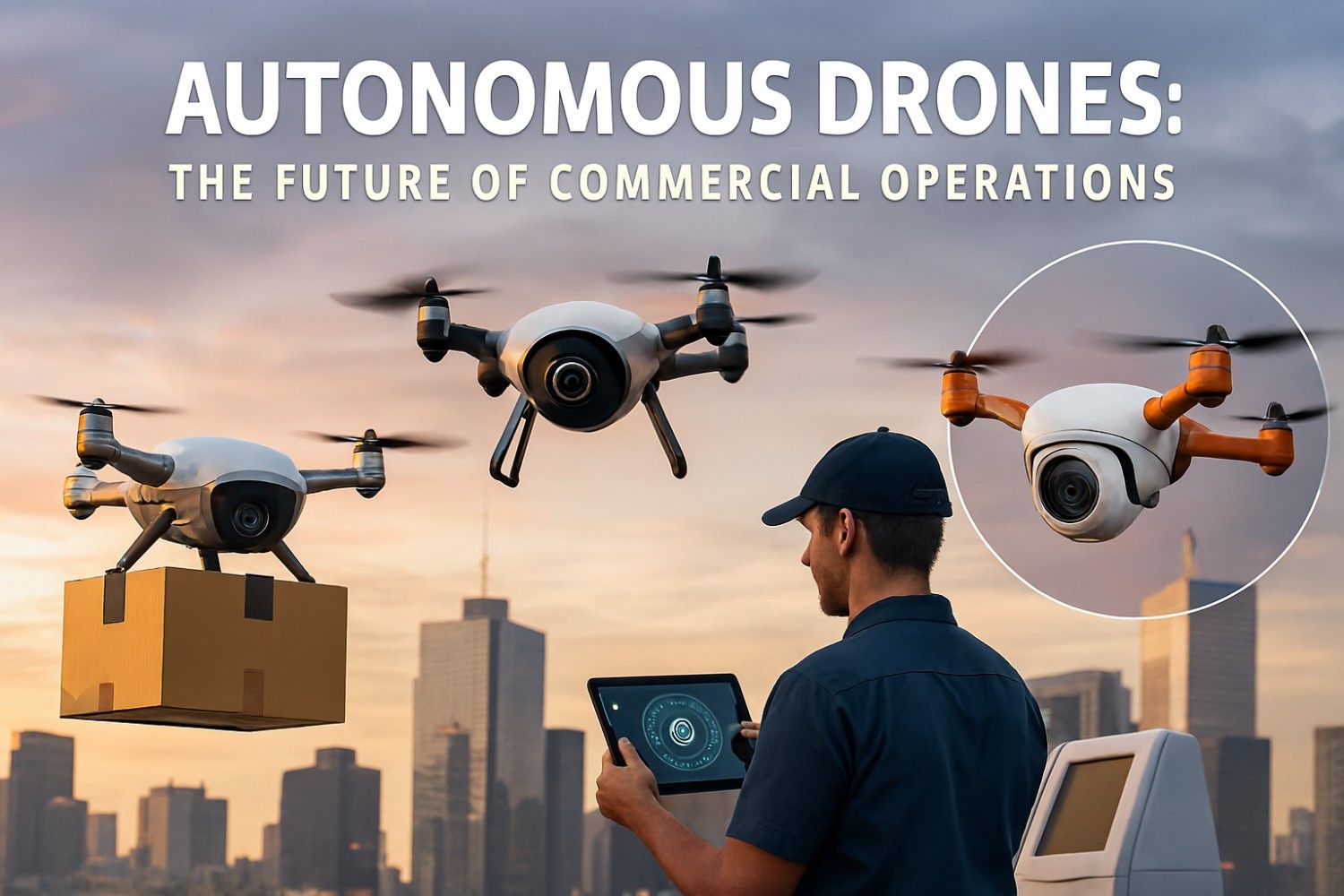
Autonomous drones come in really handy across various industries, where they can quicken up commercial operations, reduce costs and boost competence like never before. Whether in agriculture, construction, or security, autonomous tasks can make work a lot easier.
These are helpful in surveying land, inspecting infrastructure or monitoring security. With automation taking care of these tasks, you can focus on the more important aspects. This blog is all about autonomous drones and how they can enhance business operations and reduce costs.
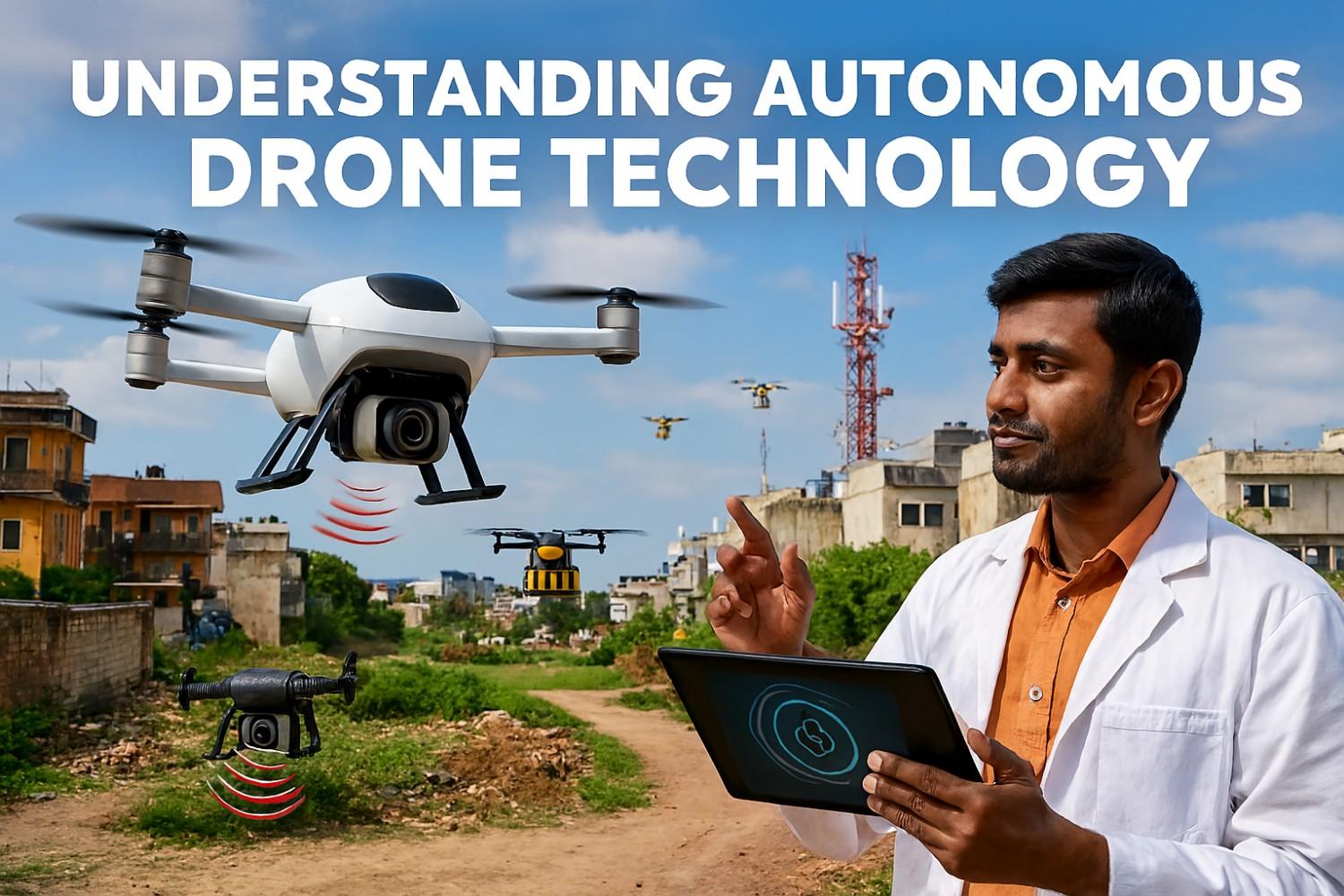
Autonomous drones are transforming how different industries operate, offering improved data collection, automating monitoring, and eliminating the need for more traditional processes. These systems frequently incorporate artificial intelligence, allowing them to function without continuous human input.
Autonomous drones can operate without direct human control. They have got sensors, cameras and software to navigate and perform tasks. These drones use several components, like flight controller boards and closed-loop control systems, to make decisions in real time.
Different from manually operated drones, autonomous drones can perform complex tasks, reducing the requirement for constant human oversight. This is particularly useful in industries that entail precise actions, like agriculture and surveillance. By integrating robotic systems, these drones contribute to competence and safety in several operations.
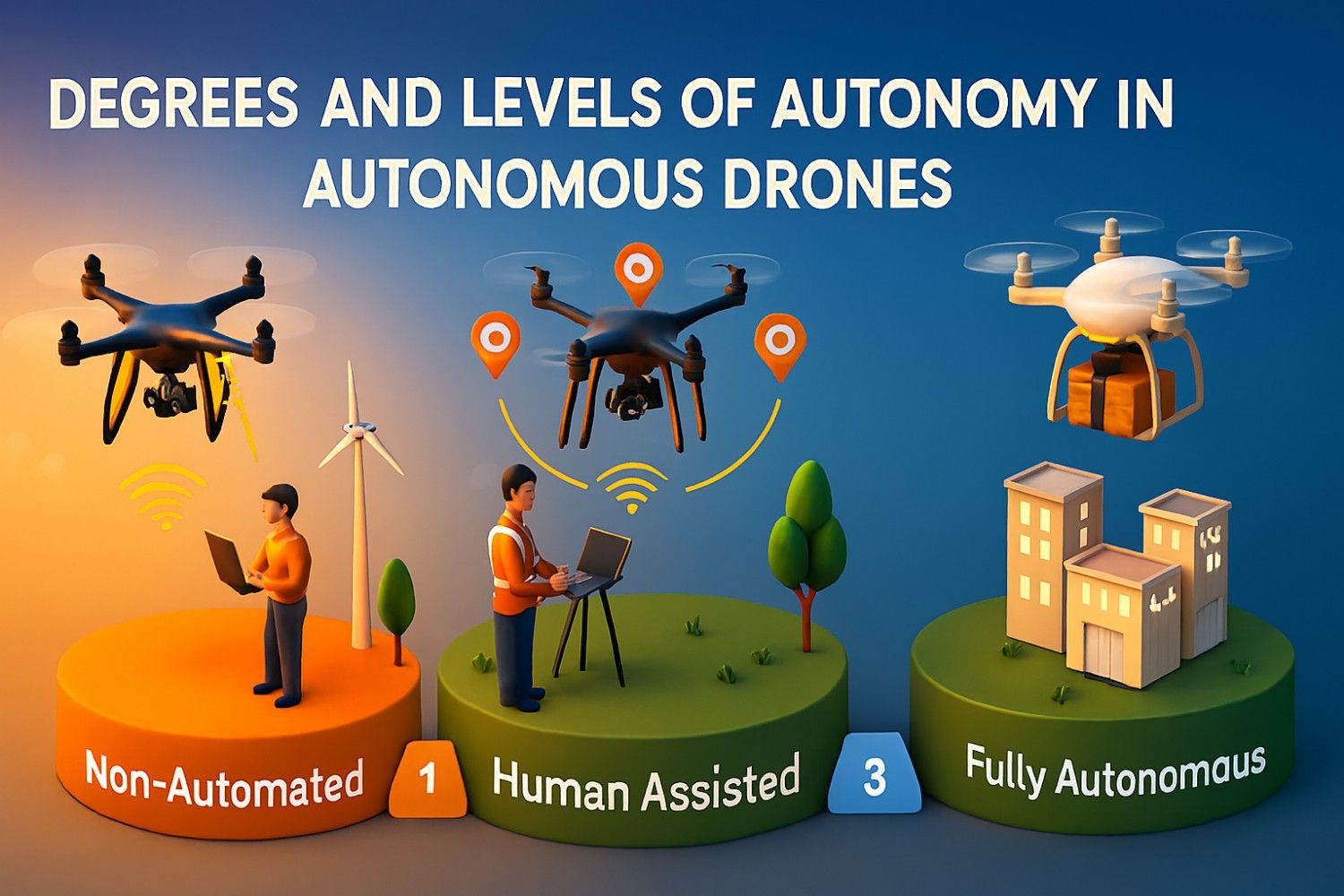
Autonomous drones differ in their levels of autonomy, frequently broken down into distinct degrees. These can range from basic navigational support to complete mission autonomy. At lower levels, drones might require human input for decision-making or task adjustments. As autonomy increases, the drone can handle more intricate tasks without assistance.
Autonomous drones can evaluate situations and acclimate to changes in the environment. The flexibility of these systems allows them to be used in multiple applications. Understanding these differences helps businesses select the correct drone system for their specific needs.
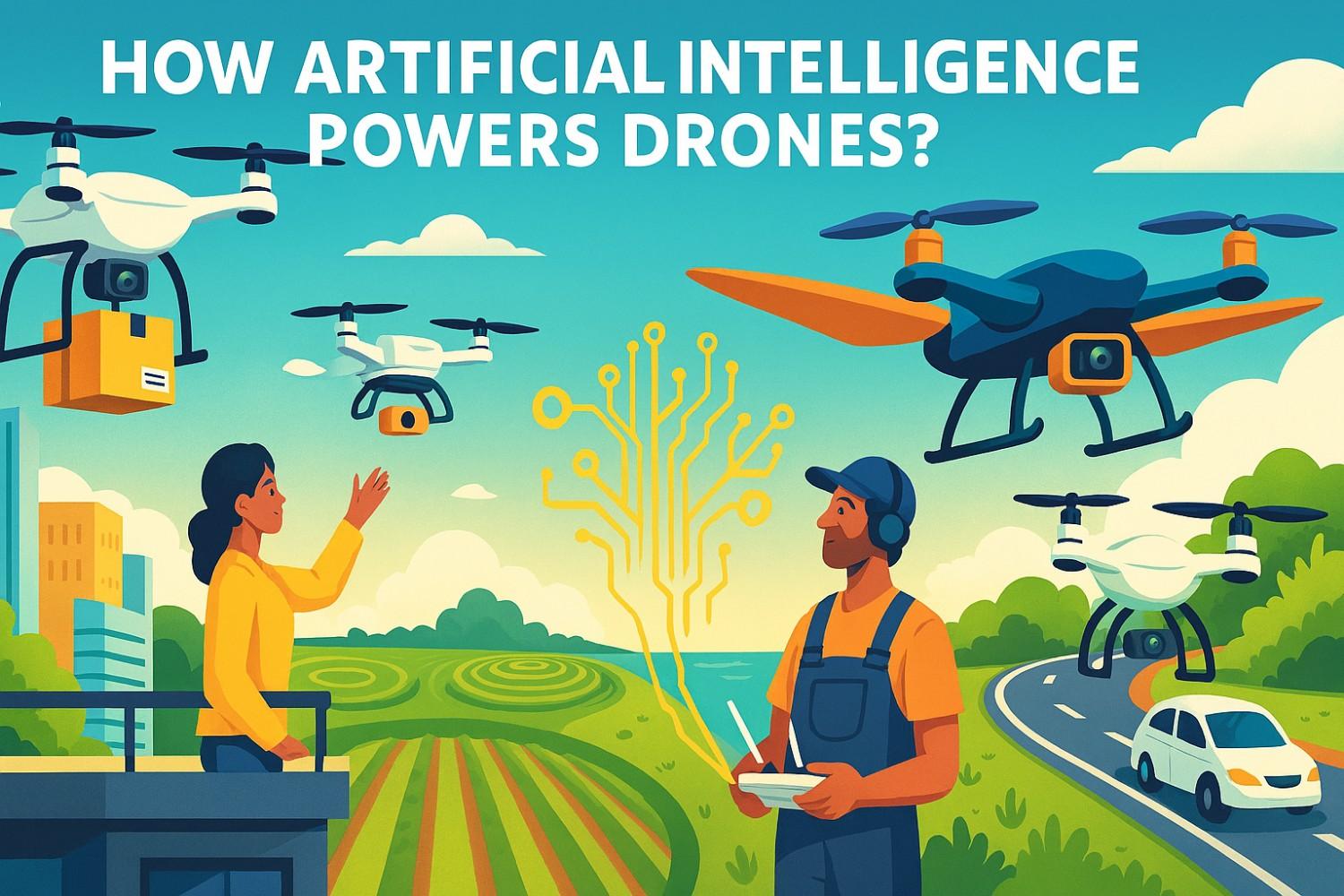
AI is important in improving the competencies of autonomousdrones. AI algorithms enable drones to understand data from their sensors to make informed decisions. This capability allows drones to perform object recognition, obstacle avoidance and route optimization.
AI drones can learn from experience, improving their performance. Cutting-edge technologies in AI allow drones to operate in intricate environments without continuous human supervision. These abilities make autonomous drone technology an appreciated asset in several sectors, from logistics to security.
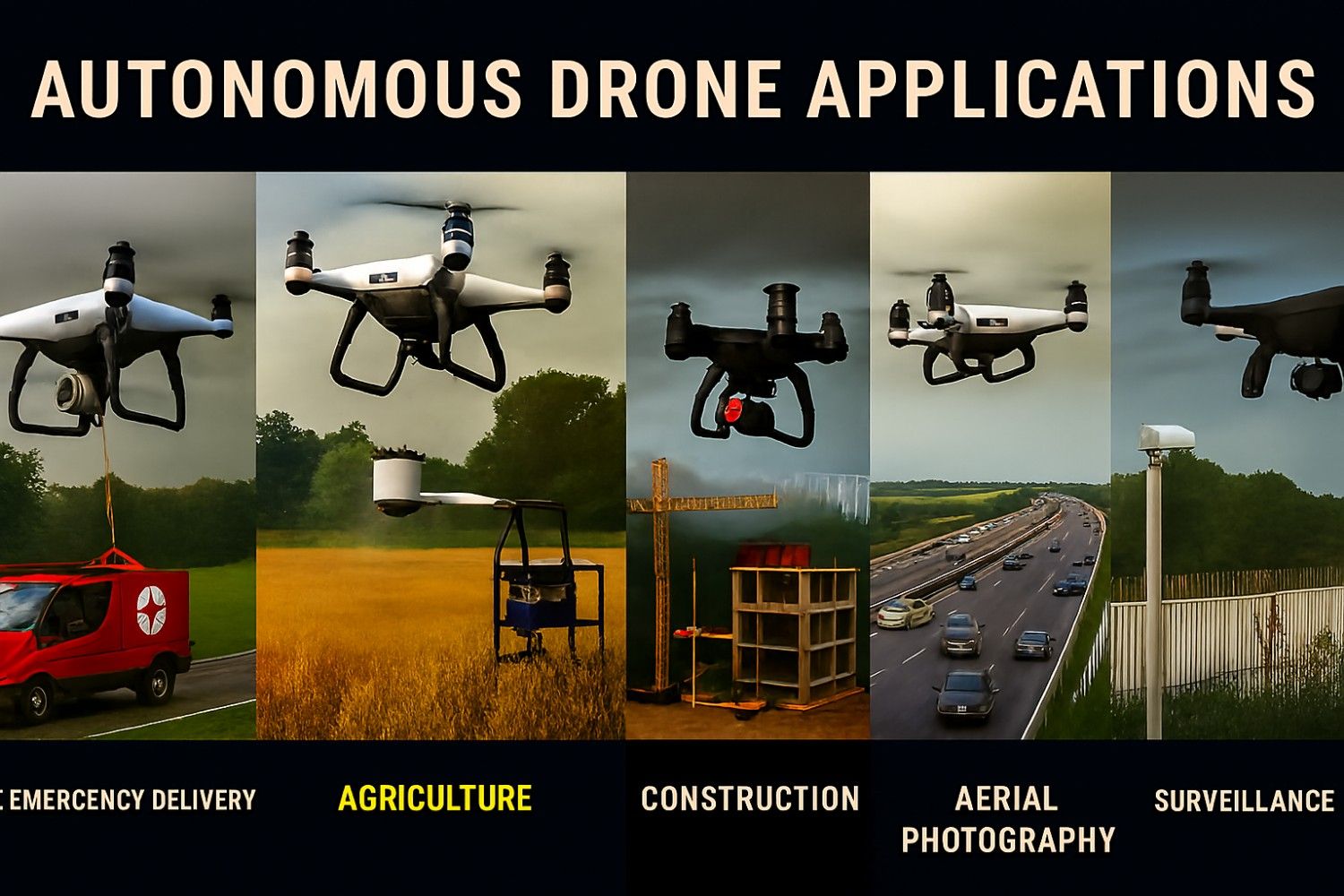
Autonomous drones provide tangible benefits across several fields. They improve inspection efficiency in industrial sectors, bolster security at different facilities and support environmental monitoring.
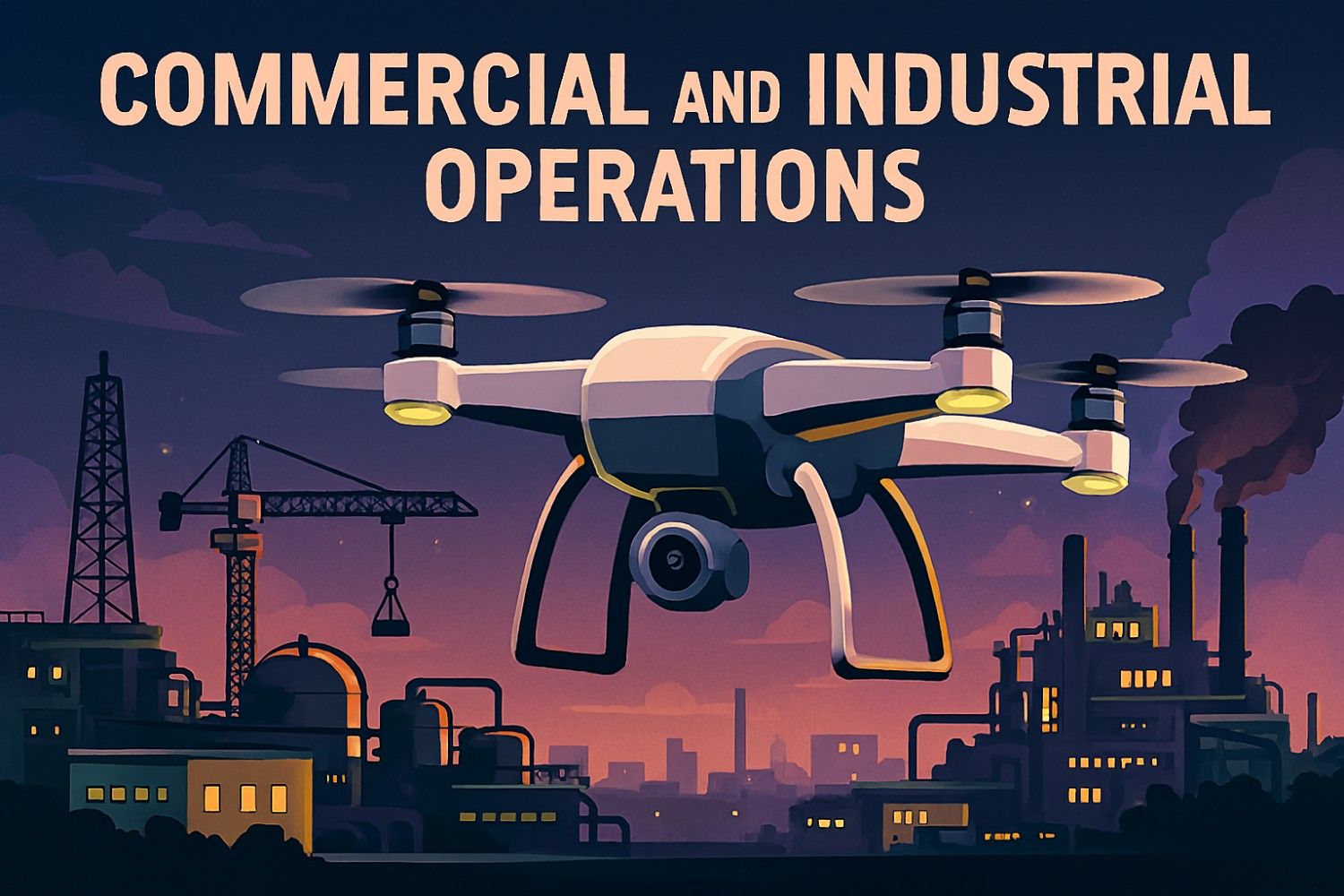
In the industrial sector, autonomous drone enhances productivity by performing routine inspections. These drones gather data in hard-to-reach areas, plummeting the risks related to manual inspections.
In the energy industry, drones conduct turbine and equipment inspections professionally, improving energy efficiency and identifying potential issues. Rather than using manned flights, these drones can access distant locations easily, lowering working costs and improving safety standards.
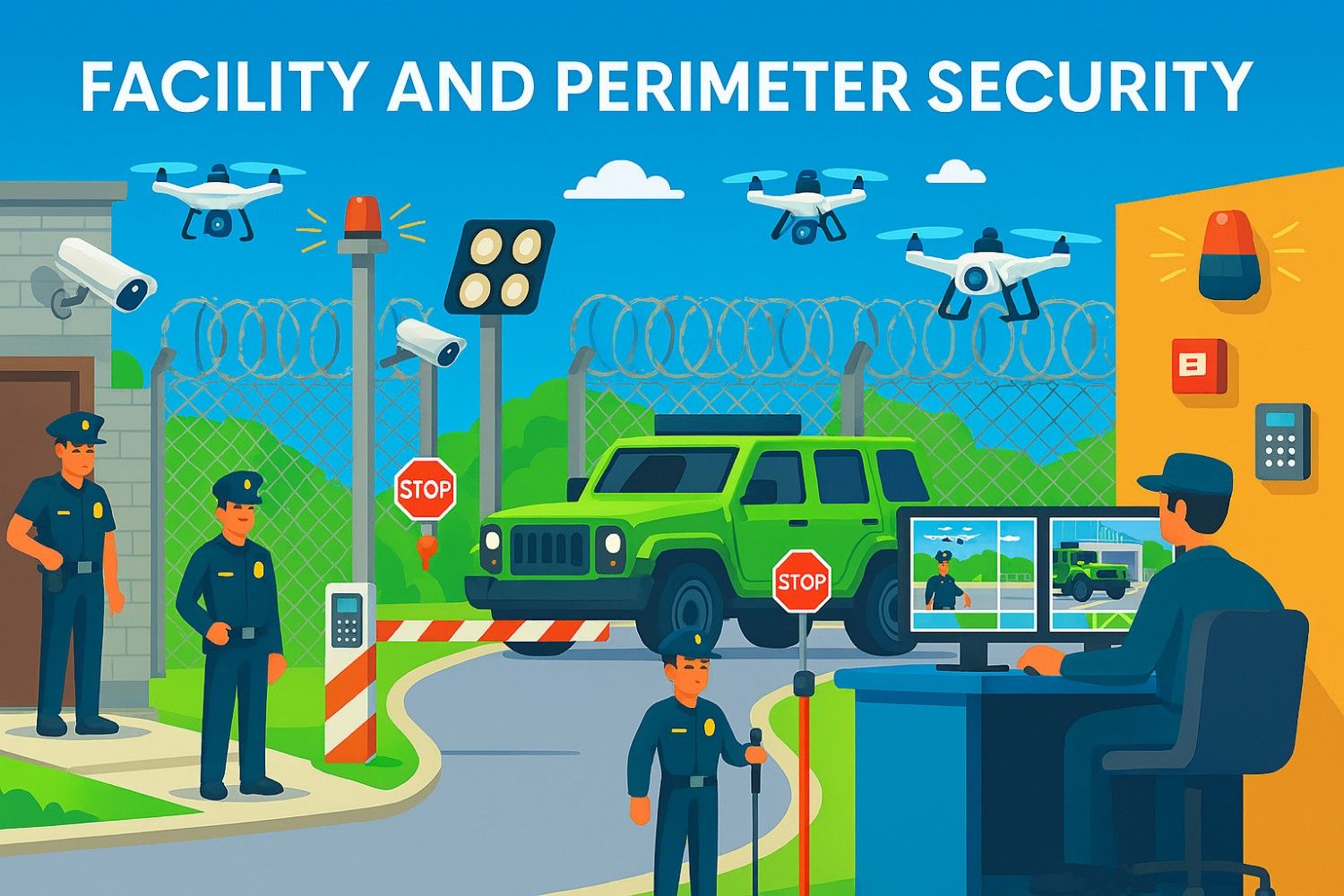
For facility security, using drones improves safety and reduces reliance on security personnel. They can conduct security patrols, identifying unlawful access in urban environments.
Fortified with thermal imaging cameras, these drones can detect intrusions in real-time, improving response times and averting potential breaches. Drones integrate into security systems, providing dependable surveillance and reducing the requirement for on-site guards, which can reduce costs and improve safety.
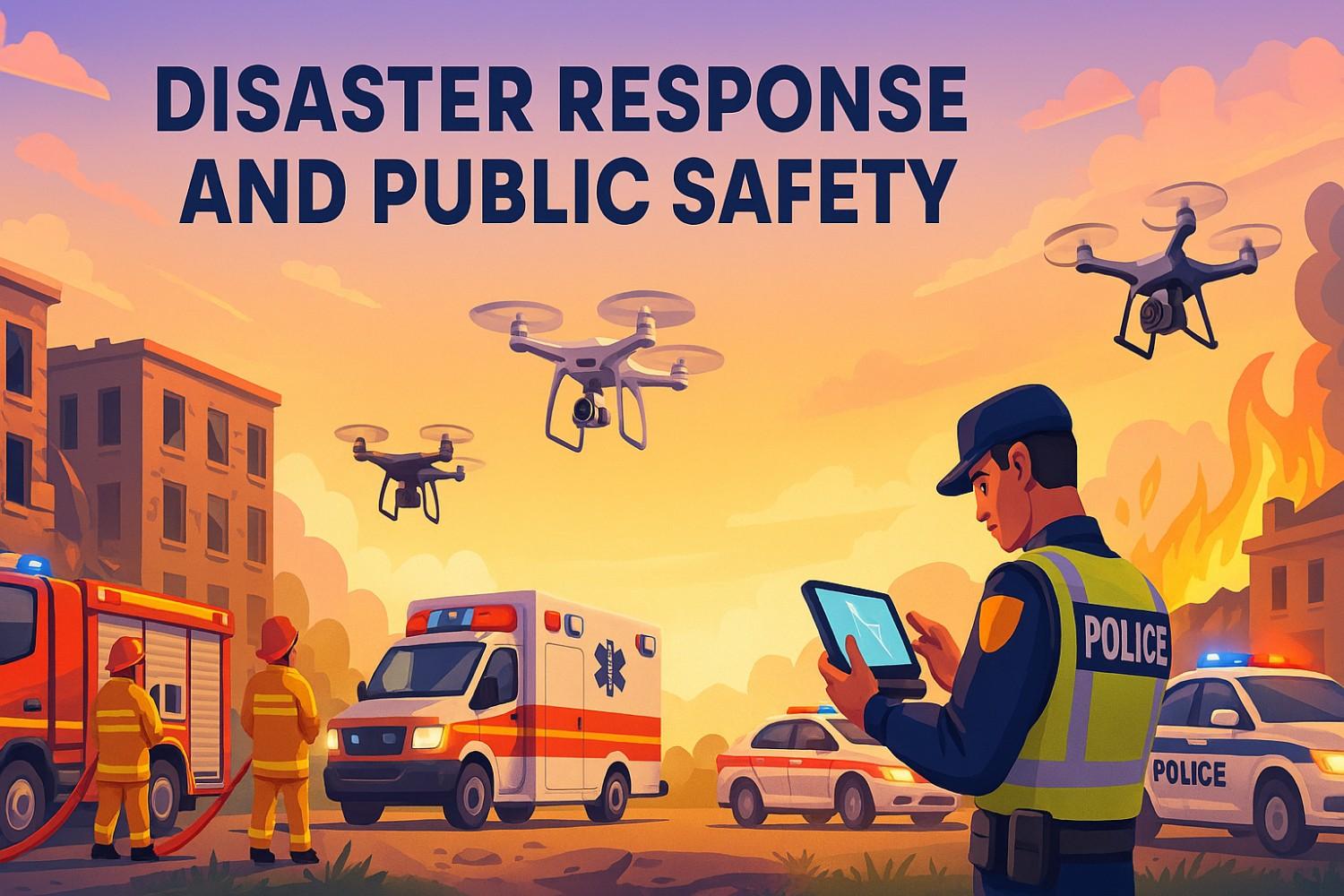
Autonomous drones can be extremely useful in emergency and disaster response scenarios. They access disaster sites, providing visual data to coordinate rescue missions. Tasked with monitoring from above, these drones offer aerial photography and instantaneous data to support public safety efforts. They help rescue teams by navigating areas affected by natural disasters during rescue operations in challenging terrain.
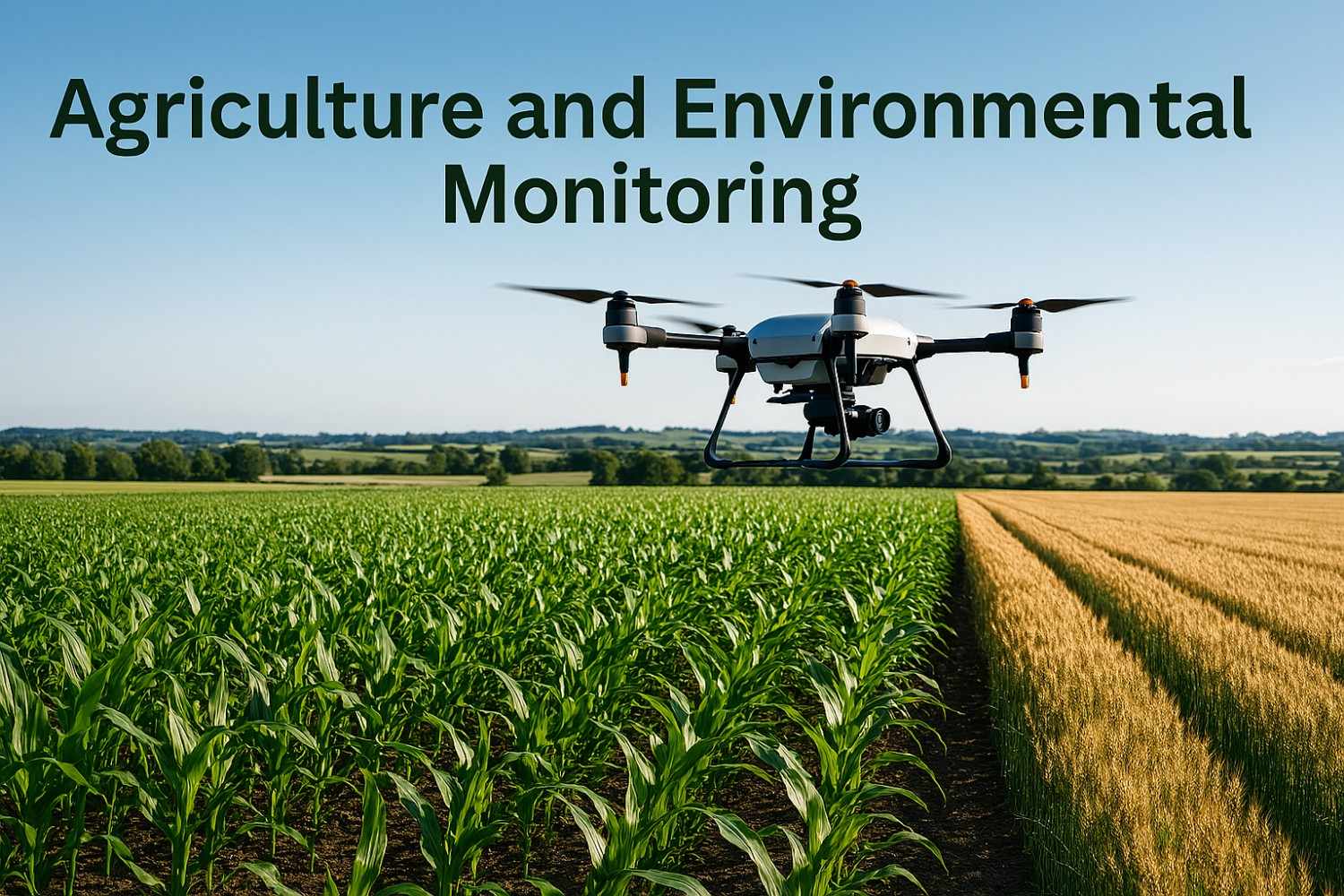
An autonomous agriculture drone can help in surveying fields,identifying crop health issues and optimizing the use of water. For environmental monitoring, drones track changes in ecosystems, aiding in conservation efforts. Drones collect vital data to assess energy consumption and guarantee compliance with environmental regulations, supporting sustainable practices and improving yields.
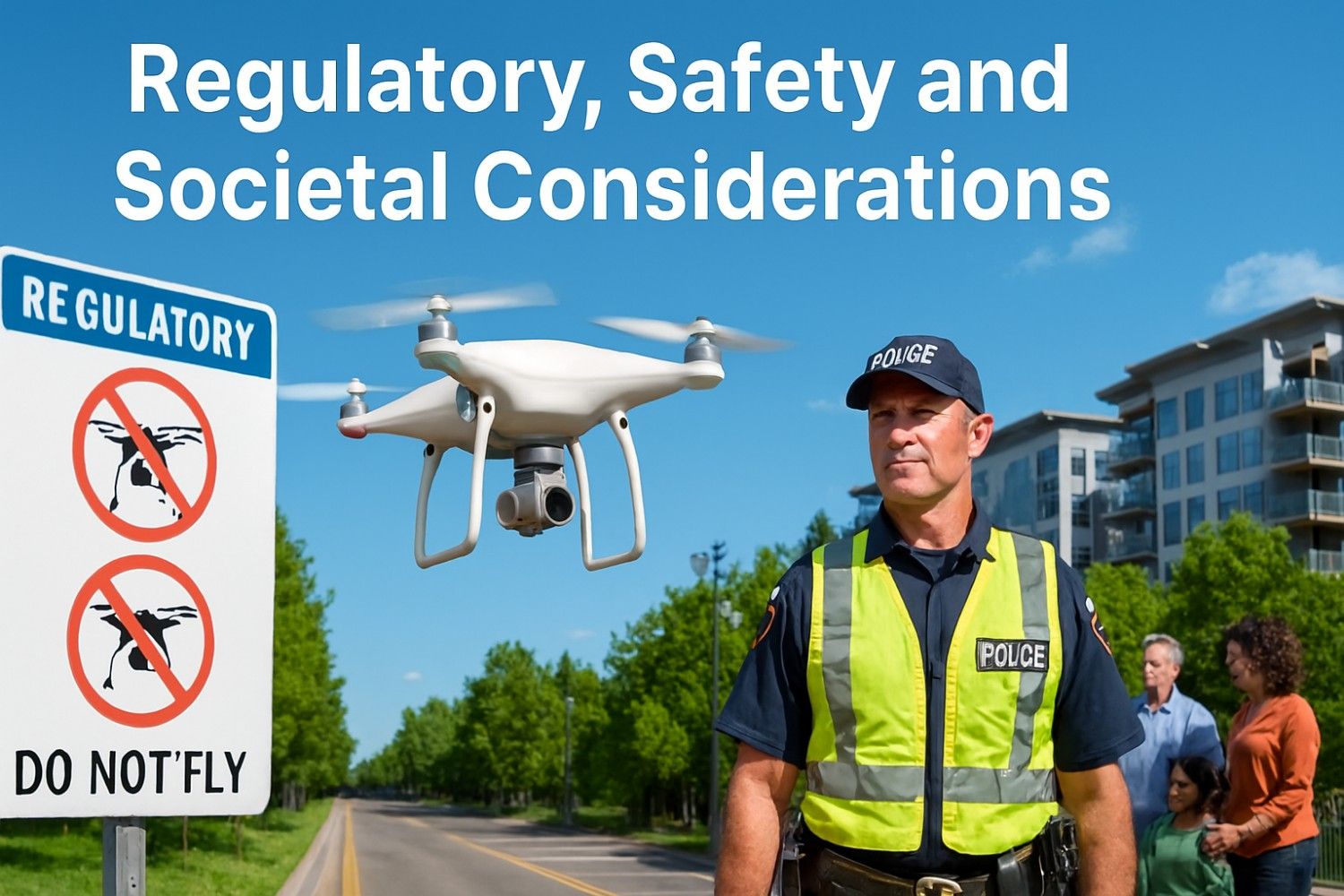
Understanding rules, safety protocols and societal impacts is important for businesses using drones. These considerations include meeting aviation standards, managing operator involvement and anticipating societal effects.
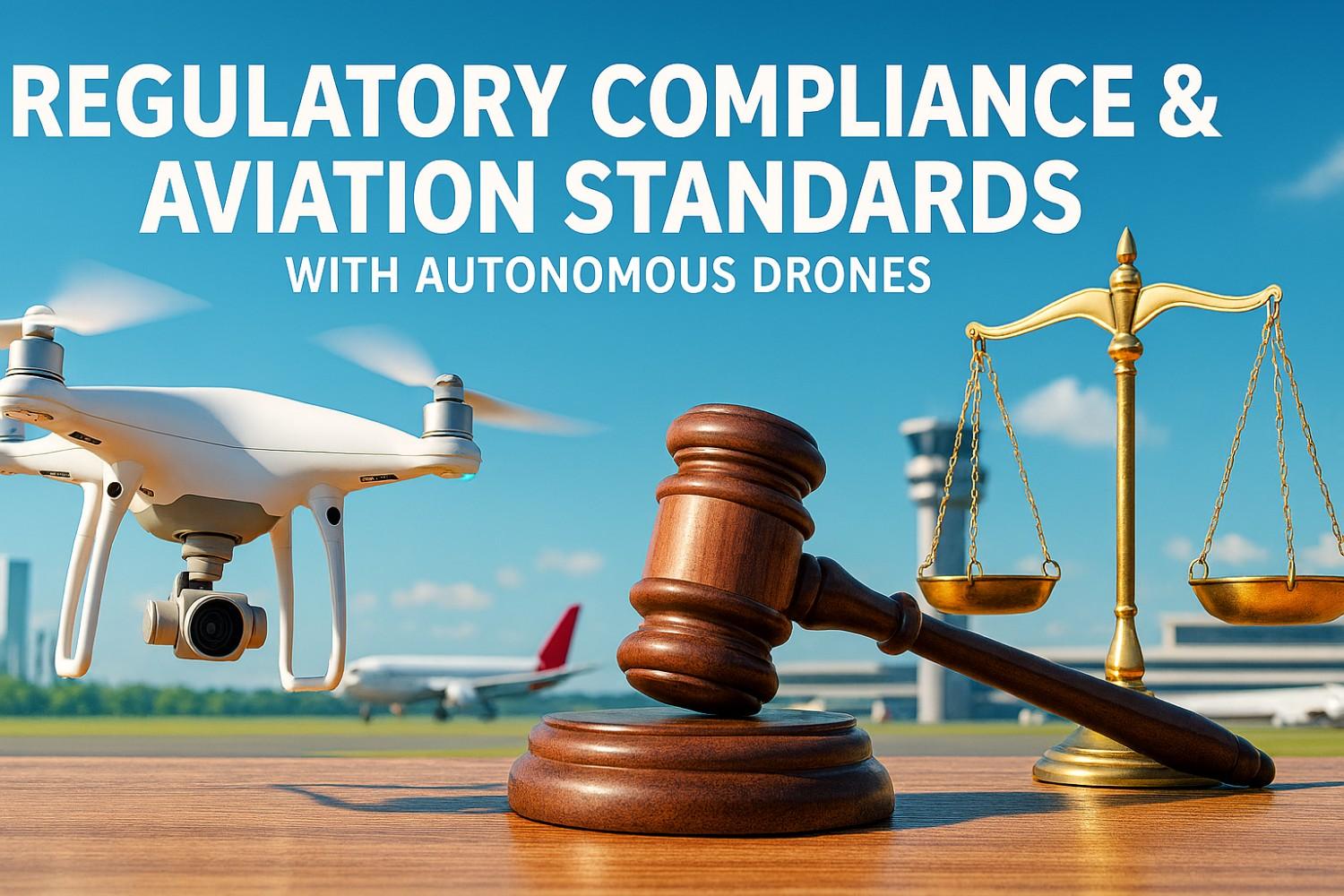
Businesses using autonomous drones for commercial purposes must keep to aviation standards. The Civil Aviation Authority set rules to guarantee safe drone use. Businesses must register drones, abide by no-fly zones, and follow height restrictions.
Guidelines differ worldwide, needing businesses to stay well-versed about changes. Certain areas may have additional restrictions, particularly near airports or populated areas, where drone operations can pose a security risk.
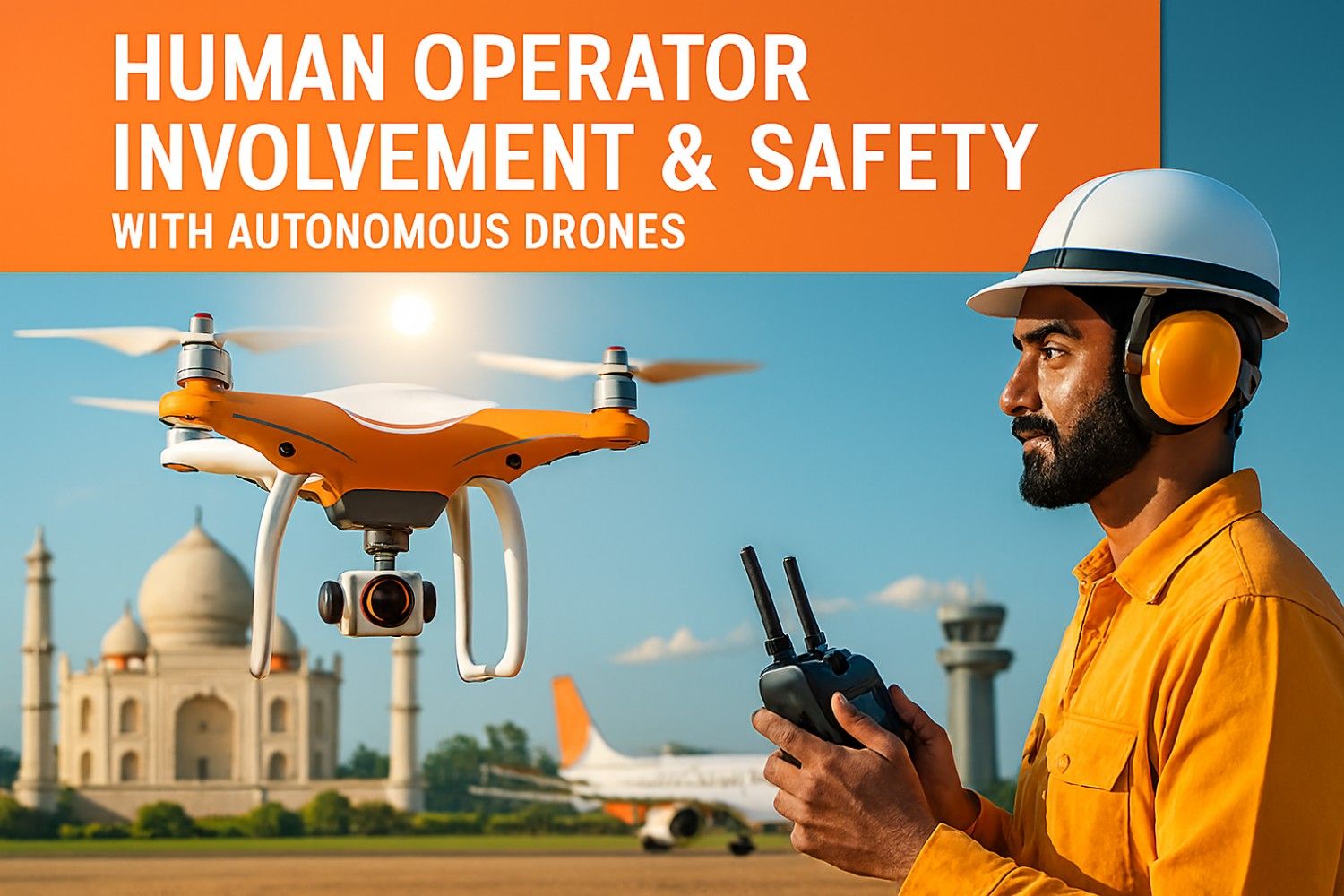
Though autonomous drones function independently, human operators are required in several areas. Operators are vital for programming operations, flight paths and other intricate tasks. Human intervention is also essential when it comes to upkeep and safety, particularly in unpredictable situations.
Training guarantees operators are prepared for emergencies. That’s why we invest in training programmes, preparing operators for several scenarios, including effective communication between drones and operators. Skilled operators are essential in handling unforeseen challenges.
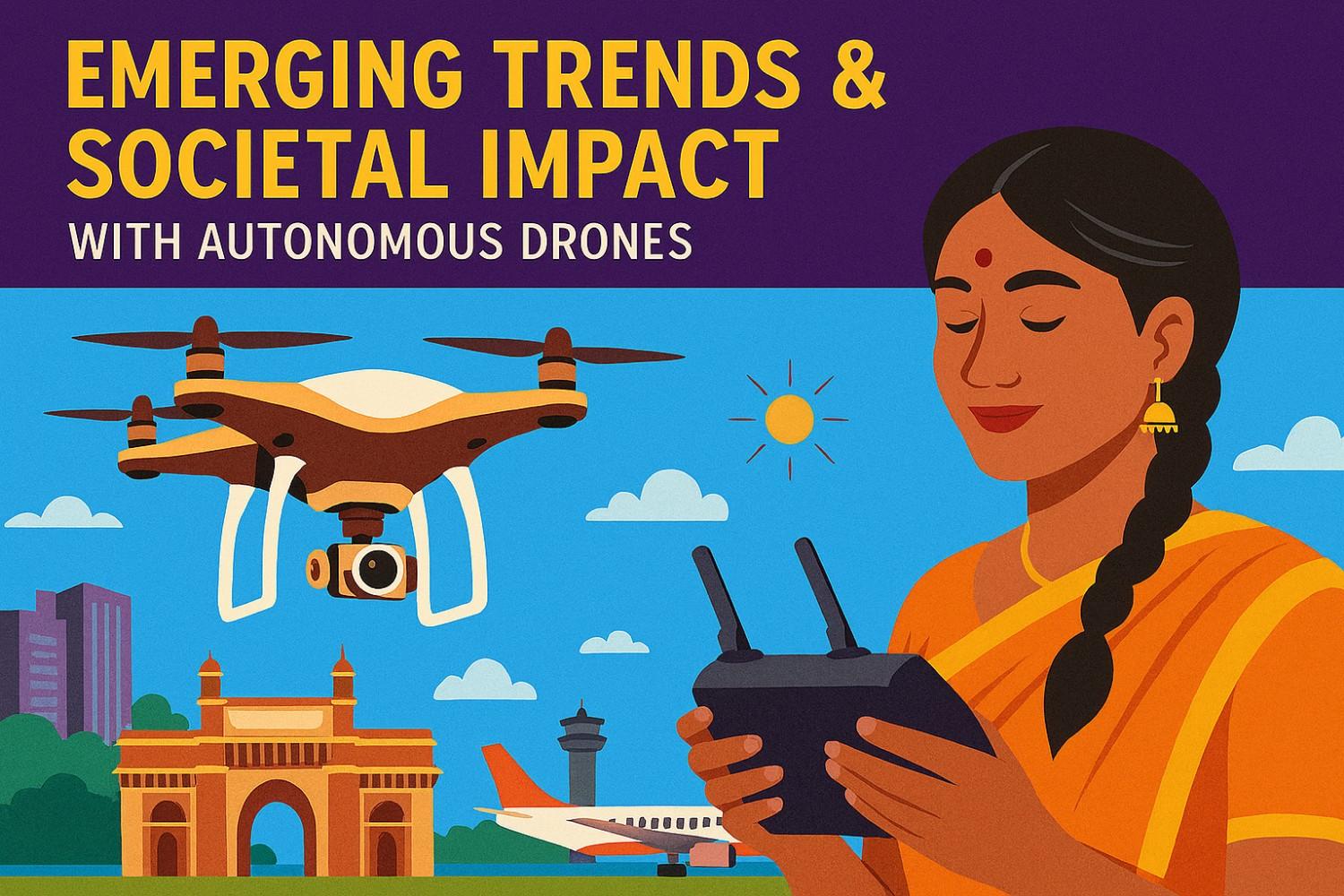
Drones have a rising societal impact. Their uses include delivery services and emergency responses, but social acceptance varies. Concerns about privacy, noise and safety affect public perception. Overcoming such concerns needs transparency in operations.
Advances in technology bring up debates about autonomous decision-making and ethical considerations. Balancing innovation with ethical standards will shape the future of drone integration.

If you want to become a certified drone pilot, you need to enrol in a top drone training institute like Flapone Aviation. Here, you will get all the training necessary to excel in your career. So, what are you waiting for? Come to us and start a career as a drone pilot right away.
Whether you're a beginner or looking to upskill, our training advisors can help you choose the right course.